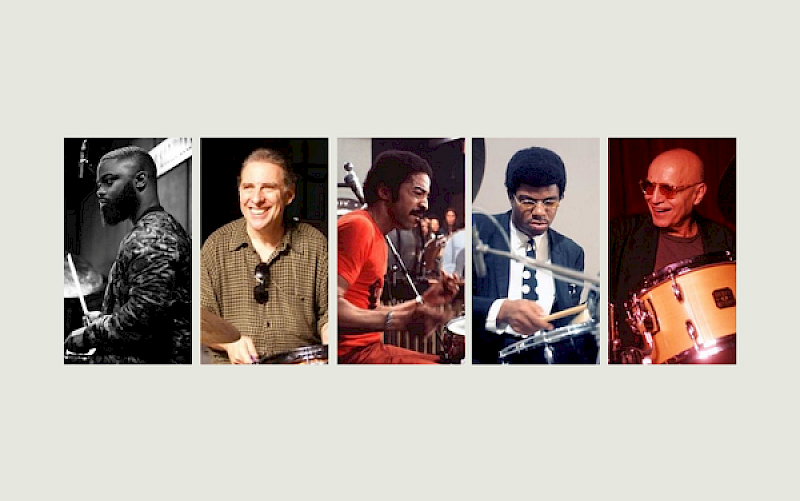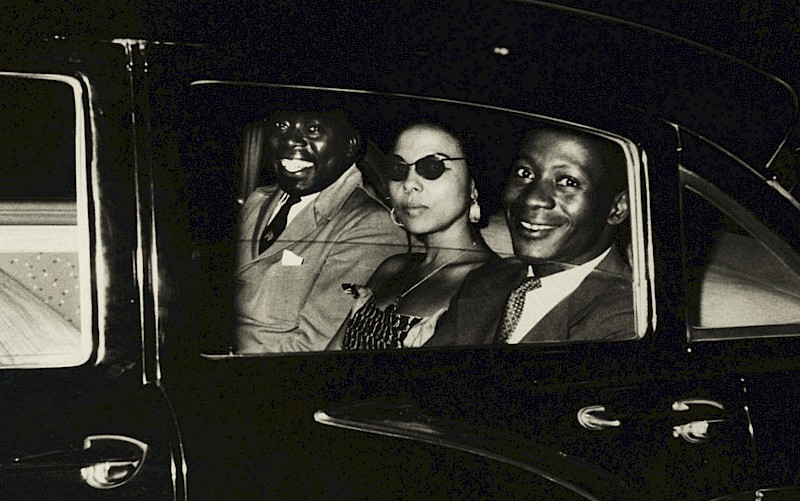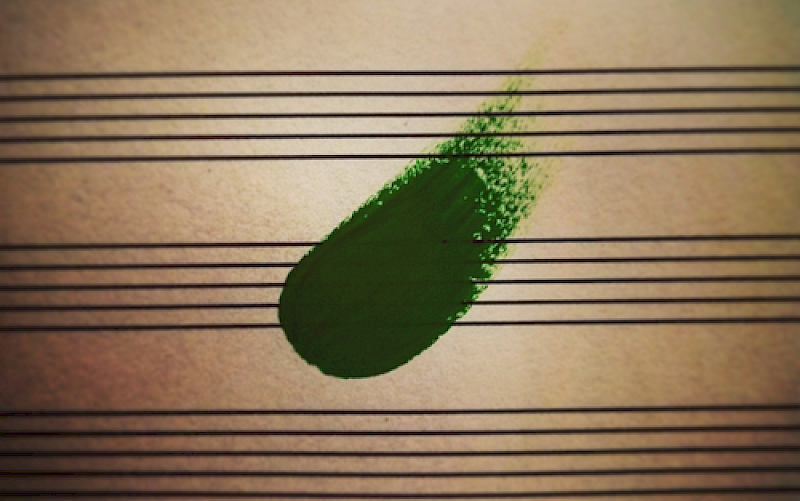
How Do You Swing a Quarter Note? An Analysis of the Great Walking Bassists of the 1950s and 60s.
Name: Steven Willem Zwanink Main Subject: Jazz Double Bass Research Coach: Patrick Schenkius Title of Research: How do you Swing a Quarter Note? An Analysis of the Great Walking Bassists of the 1950s and 60s. Research Question: In theory, a bass player's walking quarter notes should not swing, as they are not syncopated like eighth notes are for example; syncopation being a necessary condition of what it is to swing, in that it allows for the long-short lilt that people identify with swing music. In practice however, it is evident that certain bassists are able to create a swing feeling, through a highly complex, and often idiosyncratic approach to quarter note placement within the 'big beat,' as well as to sound production and articulation. By using sonic visualization software such as Audacity, my goal is to shed light on the unique and often highly mysterious properties behind swinging bass lines: are there strategies in common between swinging bassists, or does each performer swing in their own inimitable way; do swinging bass lines rely on a temporal tension between bassist and drummer; and to what extent are the timbral properties of an instrument and the attack with which a string is engaged relevant? Research Process: My research process involves four phases: Firstly, selecting contrasting examples of swinging bass players from the 1950s and 1960s; secondly, studying selected examples using Audacity, creating a visual data set that will then be used to examine what the similarities and differences are between each bassist's approach to swinging quarter notes; thirdly, examining whether the push and pull of swinging quarter notes results from either tension or synchronicity between a bassist and a drummer, as well as what effect the tonal shape of the quarter notes the bassist plays, as related to timbre and attack, have on swing feel; and fourthly, examining my own instincts with regards to the spectrum and parameters of the various swinging quarter notes of each bassist studied. Summary of Results: I have recently discovered in my own playing, that regardless of which drummer with whom I am playing, that my time feel needs to remain strong and unchangeable by what it is they are doing. This allows me to swing immediately and consistently on my own, or with whomever I am playing, provided the drummer is competent. All of this together answers my initial questions of: Do swinging bass lines rely on a temporal tension between bassist and drummer? No. Can the bassist swing his quarter notes all on his own? Yes. To what extent are the timbral properties of an instrument and the attack with which a string is engaged relevant? Extremely. In undertaking this study I have had the opportunity to think critically about a major parameter of jazz bass performance that is highly ephemeral and rarely quantified, though at the end of this project I now realize that that major parameter, while reliant on time, is actually sound and articulation.













